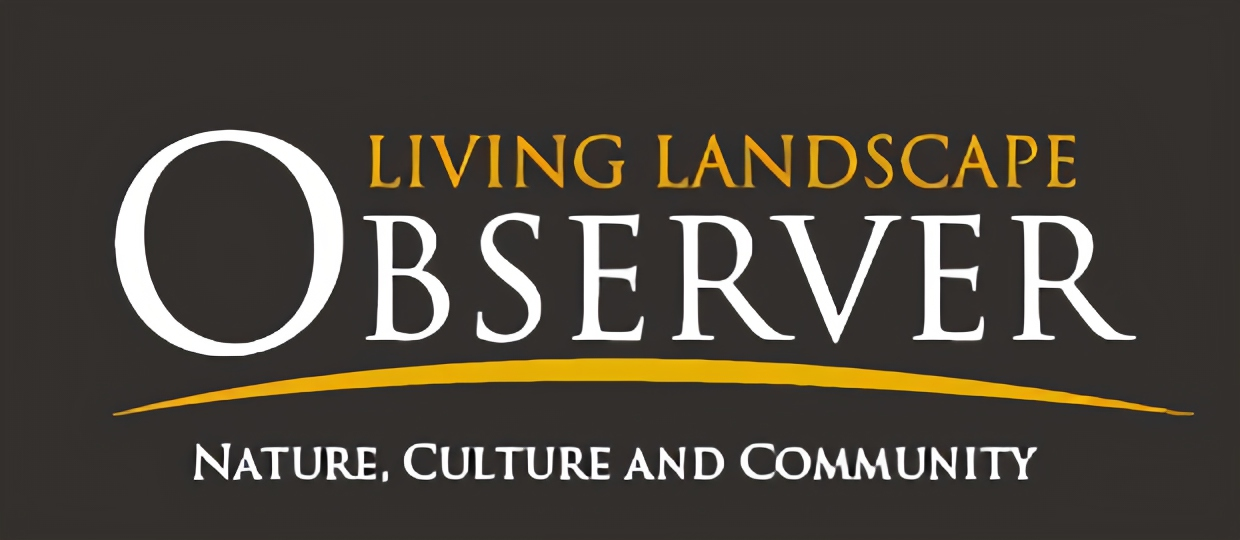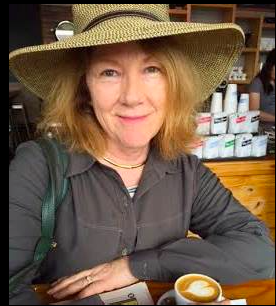To provide observations and information on the emerging fields of landscape scale conservation, heritage preservation, and sustainable community development.
Newsletter
Stay up-to-date with the latest nature, culture and community news.
We won’t spam you or share your information. Newsletters are sent approximately 10 times a year. Unsubscribe at any time.
Long Landscapes: How Big is Big Enough?
The conservation movement has embraced the idea of preserving large landscapes as the only way to provide the necessary resilience and protection for the world’s ecosystems challenged by climate change and the impacts of global development. But how large a landscape is large enough?
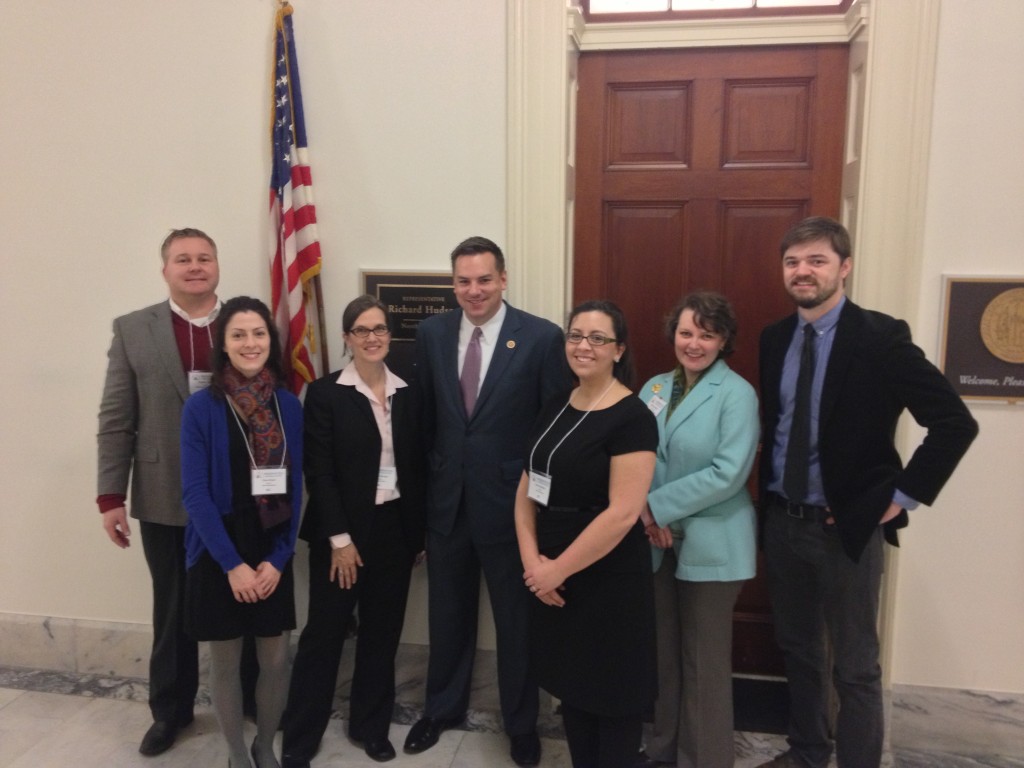
Apply Now for Advocacy Scholars – Deadline Oct. 31
Do you know an undergraduate or graduate student interested in historic preservation, planning, history, public policy, law, architecture or a related field? If so, encourage them to apply to the Preservation Action Advocacy Scholars program, which offers a limited number of competitive scholarships to students interested in attending National Historic Preservation Advocacy Week (March 2-4, 2015) in Washington, D.C. This year Preservation Action has joined the NHA@30 celebration by proposing the National Heritage Areas program as topic for the required advocacy scholar’s essay.
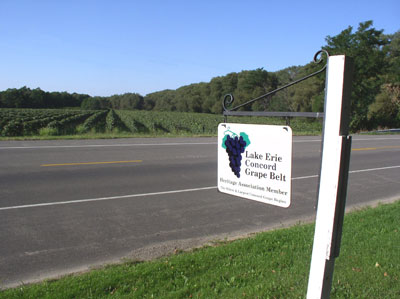
Cultural Landscape Foundation Features Duncan Hilchey Interview
“To me, a cultural landscape is a visually harmonious and fundamentally sustainable landscape that emerges out of the fusion of natural and anthropogenic activities.” – Duncan Hilchey, from interview with the Cultural Landscape Foundation
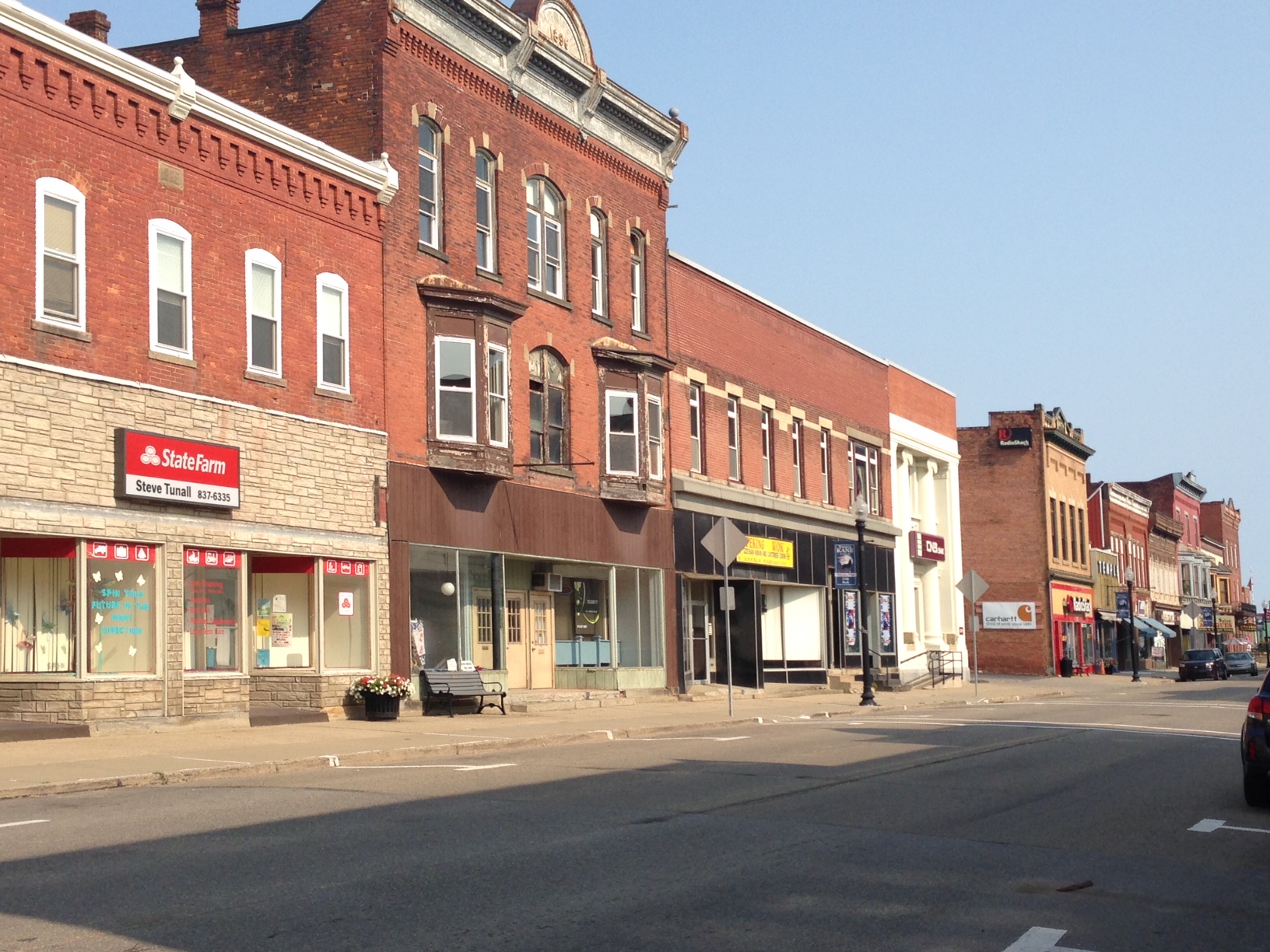
PA Wilds: The Creative Economy and the Forest
In rural Northwest Pennsylvania, an effort is underway to link together conservation, recreation and local business development under the auspices of the state’s Conservation Landscapes Initiative (CLI). What do these complex partnerships look like in practice and what can one community reveal about how a CLI functions?
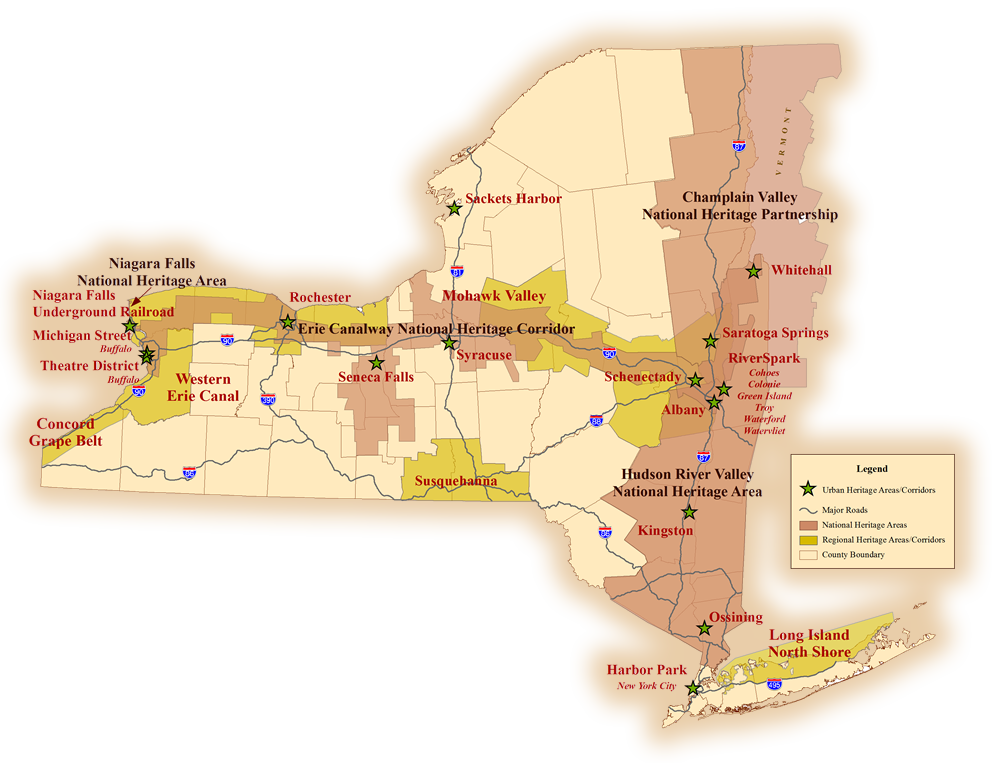
Help NY State Heritage Areas
New York’s heritage areas are “partnership parks” encompassing public and private interests as well as partnership between state and local government. The first such effort, RiverSpark, dates to 1977, eight years before the federal National Heritage Areas program began to take shape. In recent years, however, the New York effort has suffered from a lack of funding and staff support.
Long Landscapes: How Big is Big Enough?
The conservation movement has embraced the idea of preserving large landscapes as the only way to provide the necessary resilience and protection for the world’s ecosystems challenged by climate change and the impacts of global development. But how large a landscape is large enough?

Apply Now for Advocacy Scholars – Deadline Oct. 31
Do you know an undergraduate or graduate student interested in historic preservation, planning, history, public policy, law, architecture or a related field? If so, encourage them to apply to the Preservation Action Advocacy Scholars program, which offers a limited number of competitive scholarships to students interested in attending National Historic Preservation Advocacy Week (March 2-4, 2015) in Washington, D.C. This year Preservation Action has joined the NHA@30 celebration by proposing the National Heritage Areas program as topic for the required advocacy scholar’s essay.

Cultural Landscape Foundation Features Duncan Hilchey Interview
“To me, a cultural landscape is a visually harmonious and fundamentally sustainable landscape that emerges out of the fusion of natural and anthropogenic activities.” – Duncan Hilchey, from interview with the Cultural Landscape Foundation

PA Wilds: The Creative Economy and the Forest
In rural Northwest Pennsylvania, an effort is underway to link together conservation, recreation and local business development under the auspices of the state’s Conservation Landscapes Initiative (CLI). What do these complex partnerships look like in practice and what can one community reveal about how a CLI functions?

Help NY State Heritage Areas
New York’s heritage areas are “partnership parks” encompassing public and private interests as well as partnership between state and local government. The first such effort, RiverSpark, dates to 1977, eight years before the federal National Heritage Areas program began to take shape. In recent years, however, the New York effort has suffered from a lack of funding and staff support.
